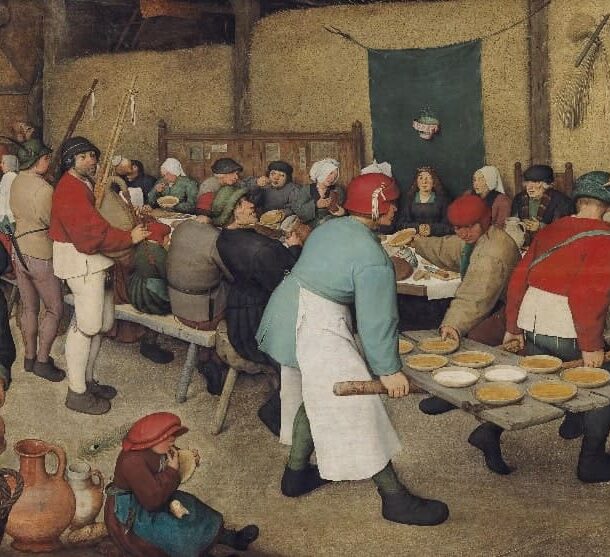
Jordaens’s painting depicts the popular Flemish custom of the Epiphany: whoever found the baked bean in the cake shared by the guests became the king of the feast and chose the most beautiful woman to be his queen. The rest of the companions take charge of the court offices. The Latin inscription, translated, means “no one is as foolish as the drunkard”, giving the painting a moralising tone. Jordaens’s work was influenced by Rubens, Caravaggio and Dutch painting and he developed his own characteristic style.
Collection: Images
Project: 3. Rural world and urban world in the formation of the European identity., 4. Family, daily life and social inequality in Europe.
Chronology: XVII
Scope: Secondary Education, Baccalaureate, University
Link: https://www.khm.at/objektdb/detail/1017/?offset=100&lv=list
Resource type: Image
Format: Oil on canvas (242 x 300 cm)
Source: Kunsthistorisches Museum (Viena)
Language: German
Date: 1640-45
Owner: Álvaro Romero González (Modernalia)
Identifier: 786
Copyright: Kunsthistorisches Museum (Viena)
Abstract: Representation of the popular Flemish custom of the Epiphany
Image
Tags






